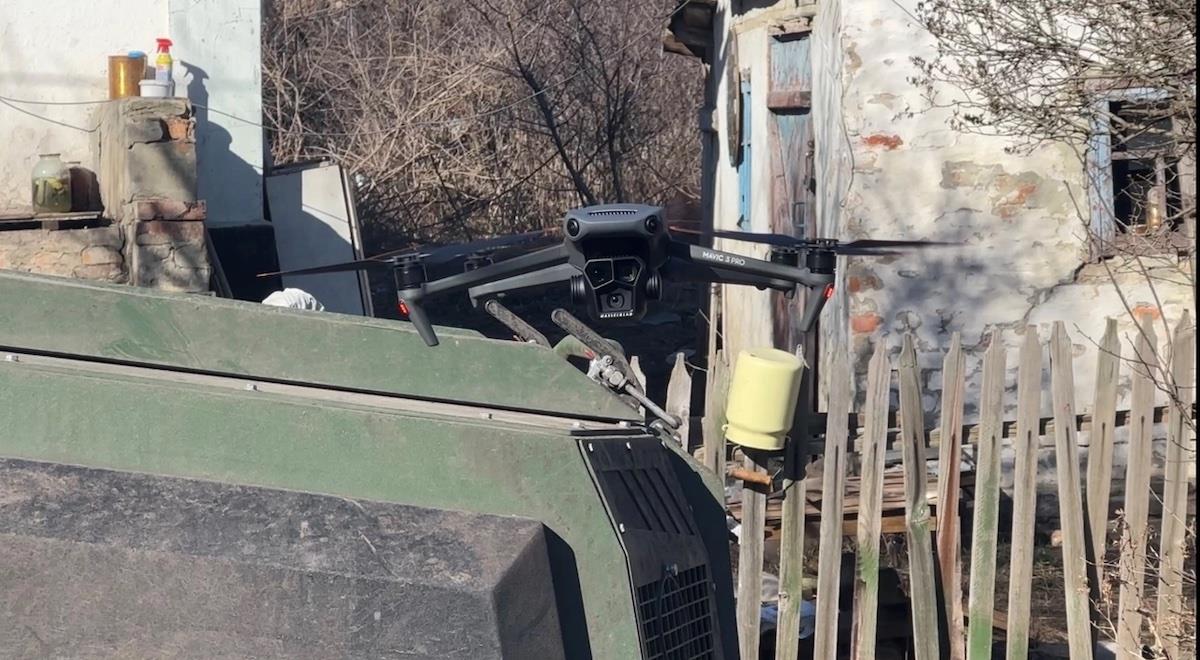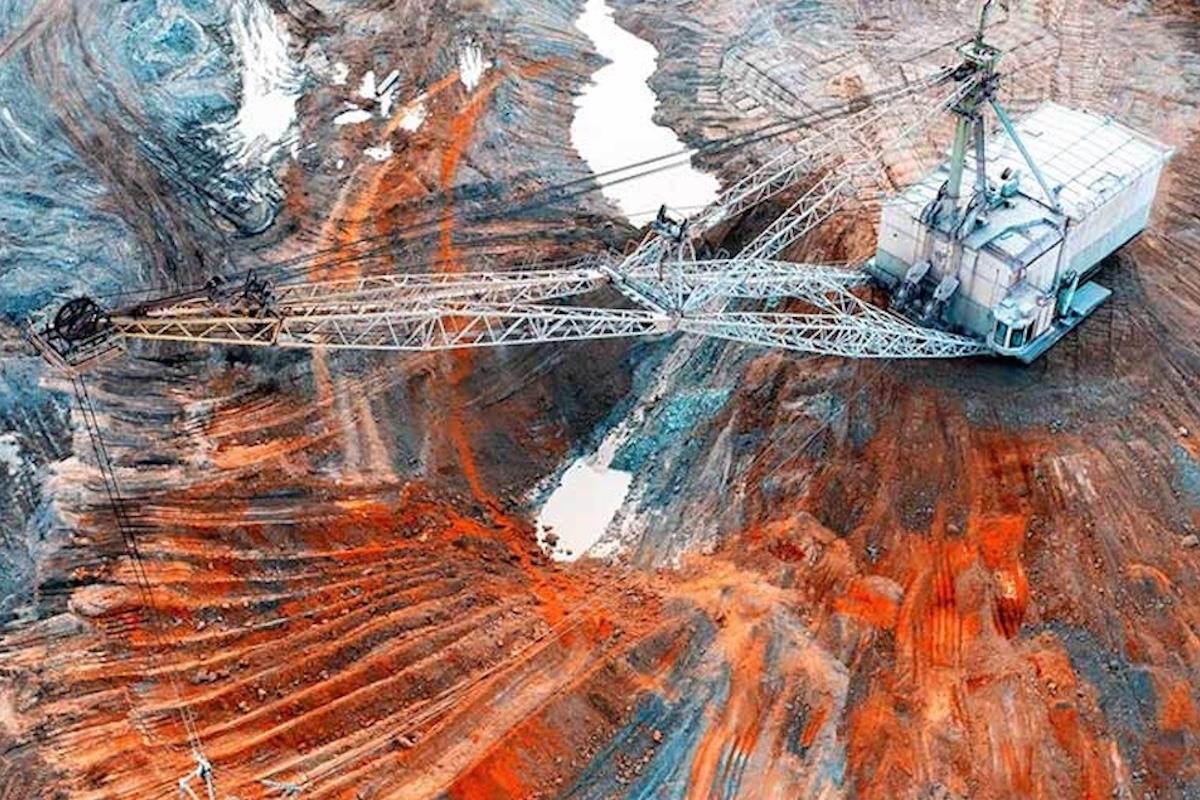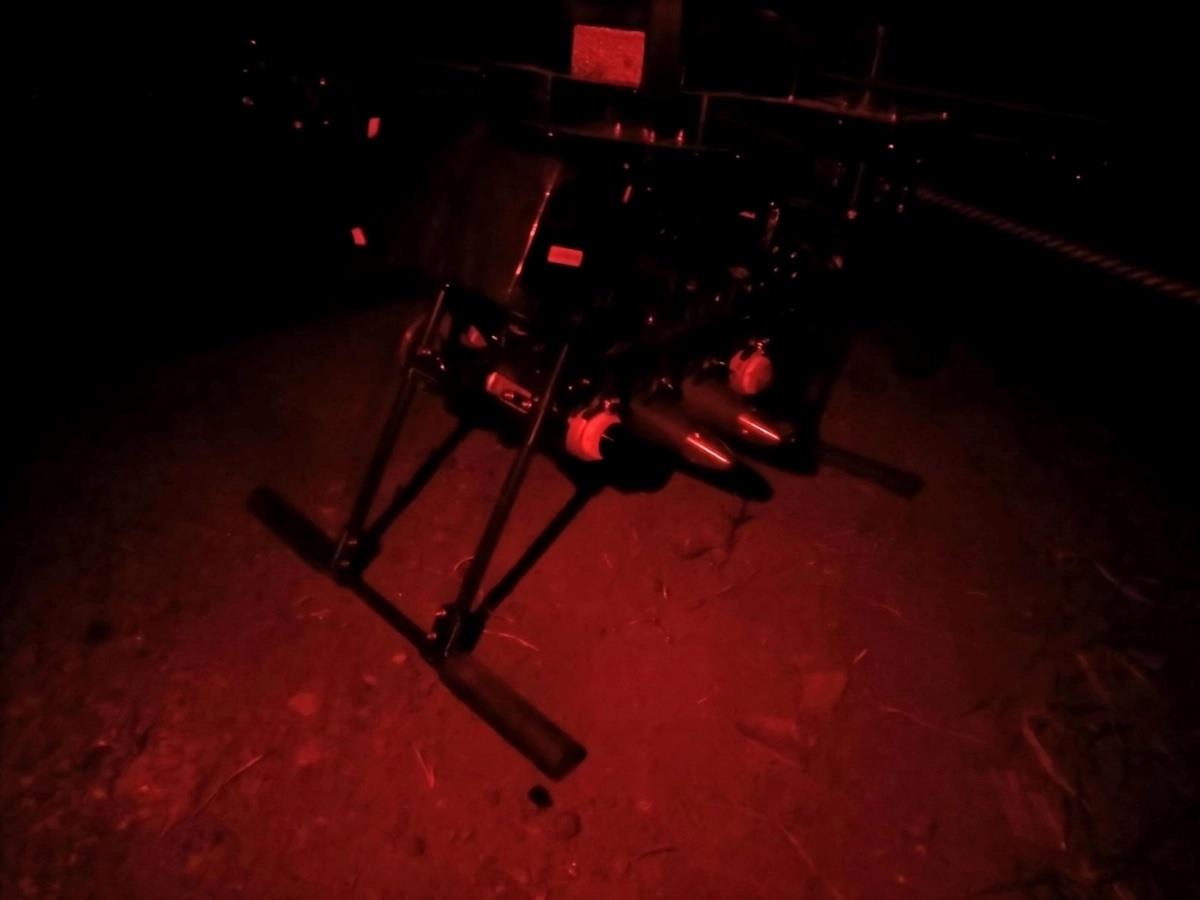
Drones Filling The Skies Over Ukraine Battlefields
unmanned aerial vehicles
in Ukraine. Drones, frequently deployed as alternatives to traditional artillery, have been patrolling the skies, dropping explosives on humans and heavy armor alike. Soldiers entrenched in battle zones now dread the ominous buzz overhead – a signal that a drone, armed and ready, might soon release its deadly payload.
Has the age of the killer robots finally arrived?
Drones serve multiple roles on the
Ukrainian battlefield , including conducting reconnaissance missions, directing artillery,
evacuating soldiers , and carrying out attacks by deploying bombs. The first-person-view (FPV) drones that drop explosives or can be used as kamikaze drones, wreak havoc across the battlefield. One Russian soldier recently
pleaded
on social media for pump shotguns to help stop Ukrainian drones because“they're simply burning us.”
Drones are changing other aspects of warfare in Ukraine. Both armies have begun using motorcycles instead of armored vehicles because they throw up smaller
dust clouds . More mobility and a lower signature on the battlefield are more important than having a lot of protection – a soldier on a motorbike is less likely to be spotted by a drone.

A DJI Mavic 3 Pro drone from the Liut Brigade. Photo: David Kirichenko
Newest Iranian glide bombs
A German weapons expert determined that Iran's latest guided aerial bomb was on a drone deployed by Russian troops against Ukraine that crashed in the Kursk region on Sunday May 26.
Kostyantyn Mynailenko, a commander of an aerial reconnaissance unit in the Liut (“Fury”) Brigade, which is an assault brigade of the National Police of Ukraine, shared some details with us.
He explained that none of the unit's pilots had any official training with using drones – they all learned on the battlefield.“The fastest and most efficient way to learn how to use drones is on the battlefield,” Mynailenko said.
However, any mistakes on the battlefield can be deadly. Mynailenko explained how a different unit had lost three drone pilots on the battlefield because they made the simple mistake of failing to mask their frequency and location. They revealed themselves, and the Russians were quickly able to identify their location and call in a strike on their position.
Eliminating experienced drone pilots on the battlefield is a priority for both sides.“People think that if they become a drone pilot, they will be safe if they join the army, but that's far from reality,” Mynailenko said.

Huawei plans to make 3nm chips, but when?

Traditional leaders can boost Pacific Islands unity

Vietnam's great untapped rare earth bounty
However, Mynailenko boasted that his unit within the Fury Brigade had the lowest rate last year of drone losses and the highest hit rate – they only lost 64 drones over an eight-month period.
The battlefield is quickly becoming oversaturated with unmanned aerial vehicles. A recent report highlighted how
Ukraine
needed to pull US-provided M1A1 Abrams main battle tanks from the battlefield, due to their vulnerability to drones. As a result, the battle between drones continues to shift toward whoever has the edge in electronic warfare. The
Wall Street Journal
recently reported that American drones being used in Ukraine have been unable to fend off“Russian jamming and GPS blackout technology.”
Vasyl Shyshola, a commander in an aerial reconnaissance unit from the 128th Separate Mountain Assault Brigade, said that the unit's drone missions are becoming harder and harder to fly due to electronic warfare.“Jamming can be so intense in one area, we quickly start to lose signal and have to retreat in order to preserve the drone.”
Ukrainian soldiers can even lose their signal within a mile of flying due to Russian
jamming . Electronic warfare is one of the areas in which the Russians have demonstrated high competence. They use their jamming
technology
to overpower Ukrainian signals by broadcasting on the same frequencies, but at much higher power.
Mynailenko said his unit is“constantly trying to find gaps, attempting to identify different altitudes where we can fly and avoid jamming. If someone can find an altitude that works, and they can quickly adjust and fly through it, they make a temporary breakthrough on the battlefield.”
Only temporary. With time, the Russians will adapt their jammers to the new frequency range as will Ukrainians. Both sides attempt to shift drone frequencies to bands outside the jammed range.
Mynailenko also speculated that drone development in the next year will focus on advancing capabilities to perform better at night.
In any case, he firmly believes in the idea that warfare will continue to transition more and more into a war of drones, at least on the battlefield in Ukraine.

A heavy“Baba Yaga” multirotor drone being used by the 109th Separate Territorial Defense Brigade for night operations. Photo: Dmytro Lysenko
Lingering questions remain: To what extent will
AI-enabled
drones alter the battlefield? Will we see drones fighting each other more often? What will happen once the sky above is filled with fully autonomous drones racing to kill each other and making decisions about life and death down below? Are
drone-zapping laser weapons
going to make a difference soon?
Drones' growing importance on the battlefield will continue whether it's by becoming more autonomous or playing a supporting role to other weapon systems. In February 2024, Ukrainian President Volodymyr Zelensky
signed
a decree to establish a separate branch of forces – the Unmanned Systems Forces. As Mynailenko said, both sides are racing to develop tech, whether to make drones more resistant to jamming or to improve the targeting of night drone operations.
Drones alone won't determine who wins battles, but they will play a vital role for military planners in the future.
Many of Russia's assaults on Ukrainian positions are thwarted by Ukrainian infantry supported by FPV drones. These are mostly off-the-shelf drones that any typical drone enthusiast flies. The small DJI Mavic 3 is the most popular, and has been adapted for combat use by both Russian and Ukrainian units. However, because they're simple commercial drones, they're also easily susceptible to jamming technologies.
By some accounts, as many as 90 percent of the wounded Ukrainian soldiers who have made it to a stabilization point have been hit by an FPV drone or by explosives dropped by a drone.
Dmytro Lysenko, a drone pilot with the 109th Separate Territorial Defense Brigade of Ukraine's Armed Forces, hunts for Russian soldiers and heavy armor on an almost daily basis in the Donetsk region. He feels a certain unease when dropping explosives on Russian soldiers.
“Even when we drop explosives from drones on Russians,” he said,“I sometimes shiver and feel discomfort because I remember all those times I was sitting in a trench. The Russians would shoot at us with everything possible. But the drone was the scariest. A shell can fly and miss and that's it. But a drone pilot aims and will be very accurate when they drop an explosive.”

Sign up for one of our free newsletters
- The Daily ReportStart your day right with Asia Times' top stories AT Weekly ReportA weekly roundup of Asia Times' most-read stories
If there is no drone in the sky watching movements, then there is no visibility into the tactical situation on the ground.
Much of the drone-dropped ammunition being used by Ukrainian soldiers is still being produced in improvised workshops near the front. Oleksiy Tymofeev, a drone unit commander with the 108th Separate Territorial Defense Brigade, shared that his unit utilizes a 3D printer at their base to manufacture components that secure and release explosives used in attacks on Russian positions. This setup allows drone operators to rapidly produce and iterate necessary parts.
Mynailenko emphasized,“Everything is shifting to a war of FPVs. The whole war is becoming a war of drones.” Over the past months, when Ukrainian units lacked artillery to shoot or had to ration shells, they used FPVs as much as they could to strike targets.
Mynailenko said that drones are more effective than artillery at this point because“our old shells are not that accurate.” But that is only to a certain degree, as Stacie Pettyjohn notes in a
publication
for the War on the Rocks defense analysis site.“Even large numbers of small drones cannot match the potency or volume of artillery fire and thus cannot substitute for howitzers,” she states.
The effect, Mynailenko said, is that it is now getting harder and harder to see Russian heavy armor on the front.“If a Russian BMP that is worth millions of dollars comes out, we will take an FPV drone, attach an RPG warhead and neutralize that heavy armor,” said Mynailenko.
Like the Russian side, the Ukrainians use Mavic 3 drones for surveillance and reconnaissance.
David Kirichenko
is a Ukrainian-American security engineer and freelance journalist. Since Russia's full-scale invasion of Ukraine in 2022 he has taken a civilian
activist role .
This article was first published by the Kiev Post . It is republished here with permission.
Thank you for registering!
An account was already registered with this email. Please check your inbox for an authentication link.

Legal Disclaimer:
MENAFN provides the
information “as is” without warranty of any kind. We do not accept
any responsibility or liability for the accuracy, content, images,
videos, licenses, completeness, legality, or reliability of the information
contained in this article. If you have any complaints or copyright
issues related to this article, kindly contact the provider above.


















Comments
No comment